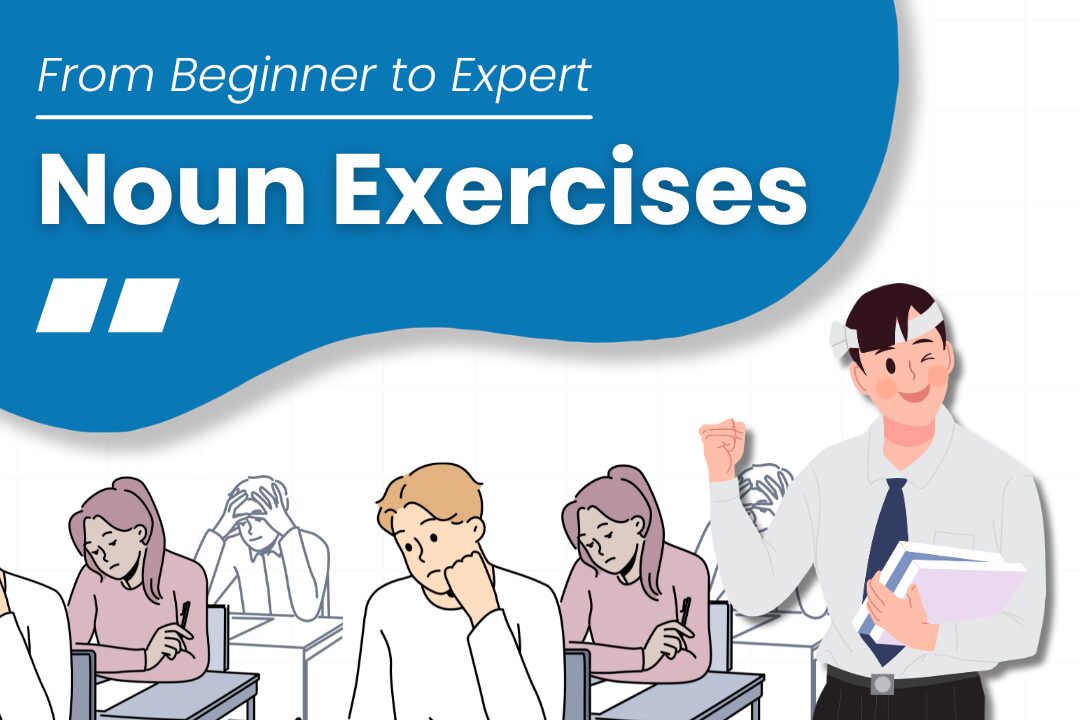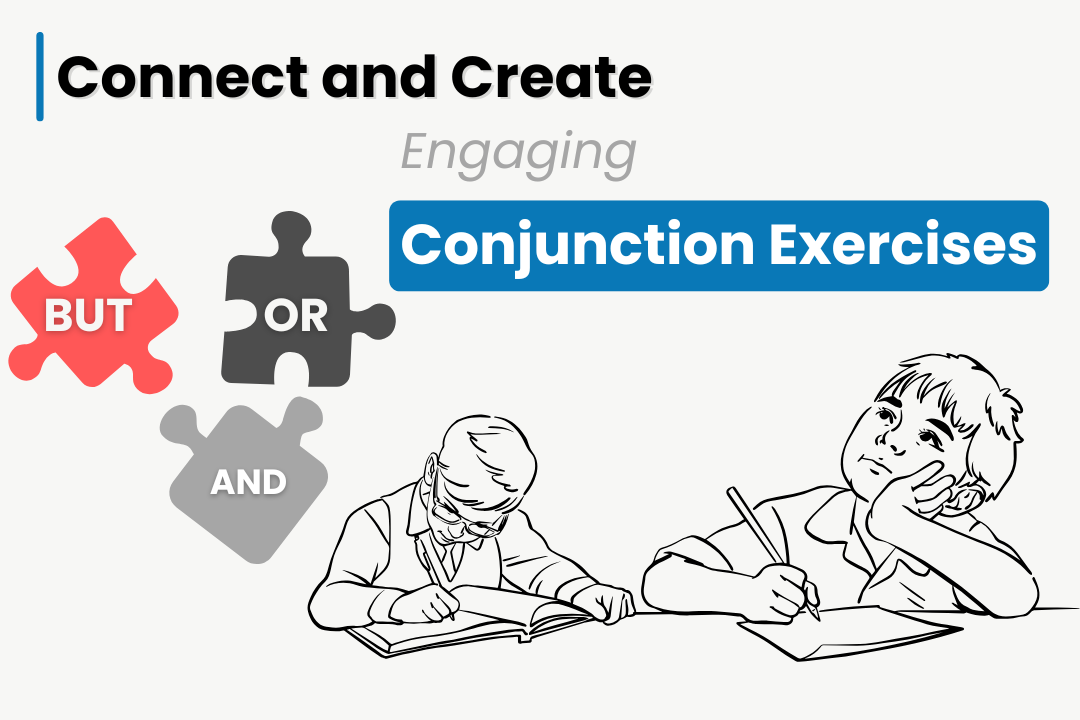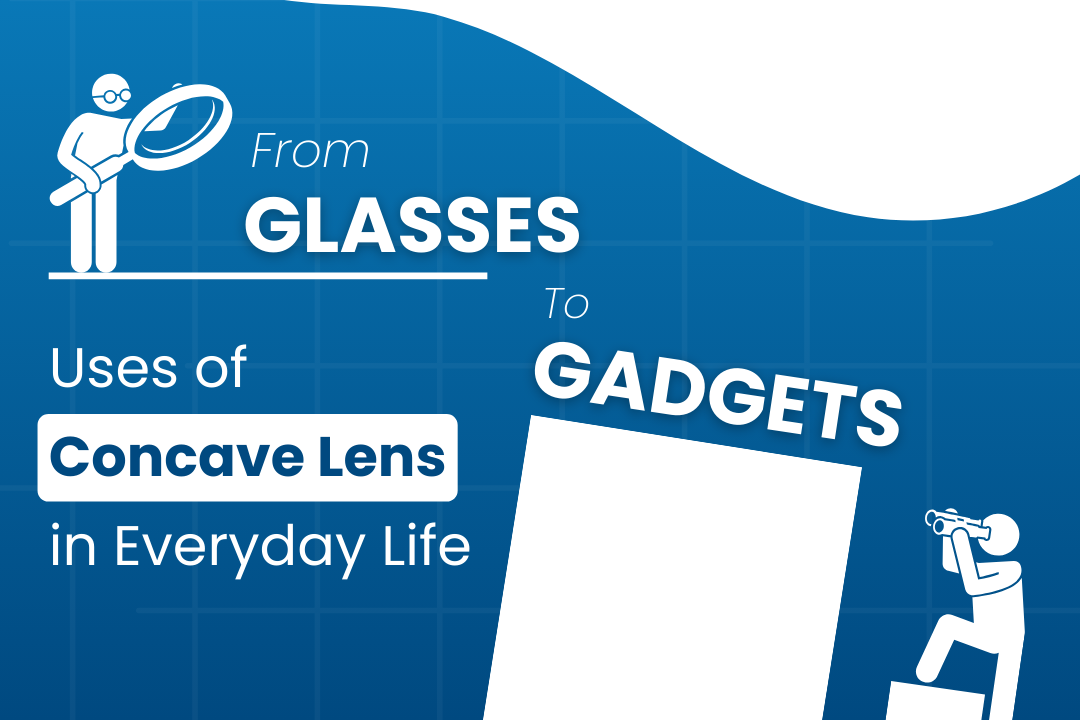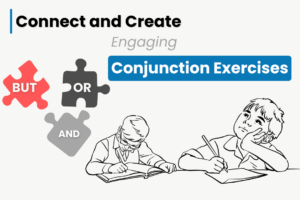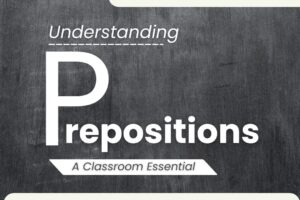
Active and passive voice, along with a comprehensive understanding of English grammar, including the English tenses chart and various parts of speech, are crucial components that play a pivotal role in effective communication and writing.
For students, especially those in class 10, understanding the nuances of active and passive voice, as well as parts of speech and English tenses, can significantly enhance their grasp of English grammar through consistent practice in tenses exercises. Let us understand the concept of active and passive voice, exploring the rules, differences, examples, and exercises while also understanding how to use them effectively in writing.
Active and Passive Voice
Active and passive voice are about how the subject, verb, and object in a sentence work together, unlike forming direct speech or indirect speech that requires a scenario of what someone has said.
- In an active voice, the subject does the action described by the verb.
- In passive voice, the subject is the one receiving the action from the verb.
Understanding this fundamental distinction is crucial for effective communication and writing.
Essential Aspects of Changing Active Voice to Passive Voice
One of the key aspects of learning about active and passive voice is the ability to convert sentences from one form to another. When changing active voice to passive voice, it’s essential to identify the subject, verb, and object. By rearranging the sentence structure and using appropriate auxiliary verbs, the sentence in active voice can be transformed into a passive voice while maintaining the context and meaning.
Essential Aspects of Changing Passive Voice to Active Voice
Similarly, transforming a passive voice into an active voice involves recognizing the subject and object while ensuring that the subject performs the action denoted by the verb. This process often requires rearranging the sentence structure and identifying the appropriate subject, resulting in a more direct and impactful communication style.
Differentiating Active and Passive Voice
Understanding the differences and practicing exercises for active and passive voice is essential for effective usage. An active voice sounds clear and direct, focusing on the subject’s action. Passive voice, on the other hand, can shift the focus to the object, make the subject less important, or create a formal tone. For effective communication and writing, recognizing which one of these fits the best is essential.
Active and Passive Voice Examples
To illustrate the concept further, let’s consider some examples:
Active Voice:
- The chef prepared a delicious meal.
- She sings a beautiful song.
- He was playing cricket.
Passive Voice:
- A delicious meal was prepared by the chef.
- A beautiful song is sung by her.
- The game of cricket was played by him.
Rules for Active Voice
Here are a few rules for active voice:
| Rule | Definition | Example |
|---|---|---|
| Subject performs the action | The subject is the grammatical entity that performs the action of the verb. In an active voice sentence, the subject is the one who is doing the action. | The cat chased the rat. The subject is “the cat”, and the verb is “chased.” |
| Object receives the action | The object is the grammatical entity that receives the action of the verb. In an active voice sentence, the object is the one who is being acted upon. | The boy wrote a letter. The object is “a letter” and the verb is “wrote.” |
| Verb is in the active voice form | The active voice form of a verb is the form that is used when the subject is performing the action. There are two main forms of the active voice: the simple active voice and the progressive active voice. | Simple active voice: The simple active voice is used to express an action that is completed or habitual. For example, “I eat a banana every day.” Progressive active voice: The progressive active voice is used to express an action that is happening at the time of speaking or writing. For example, “I am eating a banana.” |
Few Examples of Active Voice Sentences:
- The boy kicked the ball.
- The girl cooked dinner.
- The teacher wrote a lesson plan.
- The dog barked at the mailman.
- The cat jumped on the table.
Tips for Using Active Voice
- Identify the subject and the verb of the sentence.
- Make sure that the subject is performing the action of the verb.
- Use the active voice form of the verb.
- Avoid using unnecessary “to be” verbs.
- Vary your sentence structure.
Rules for Passive Voice
Here are a few rules for passive voice:
| Rule | Definition | Example |
|---|---|---|
| Subject receives the action | This is the opposite of active voice, which is where the subject performs the action. In a passive voice, the subject is the one who is being acted upon. | The table was built by the carpenter. The subject is “the table” and the verb is “was built |
| Verb is in the passive voice form | This is a form of the verb that is used when the subject is receiving the action. The passive voice form is created by adding the verb “to be” to the past participle of the main verb. | The passive voice form of “build” is “to be built,” so the passive voice sentence “The table was built by the carpenter.” |
| Agent of the action is optional | The agent of the action is the person or thing that is performing the action. | In the sentence “The table was built by the carpenter.”, the agent is “the carpenter.” However, the agent is not always included in a passive voice sentence. For example, in the sentence “The leg was broken.”, the agent is not included. |
Few Examples of Passive Voice Sentences:
- The book was written by a famous author.
- The car was driven by a reckless driver.
- The cake was baked by my grandmother.
- The report was written by the committee.
- The email was sent by the manager.
Tips for Using Passive Voice
- Use it sparingly.
- Use it when you want to emphasise the recipient of the action or depersonalise the sentence.
- Use it to create a sense of mystery or suspense.
Rules for Changing Active to Passive Voice
Converting active to passive voice follows a set of rules.
- Identify the subject, verb, and object in the active sentence.
- Move the object to the position of the subject in the passive sentence.
- Use verbs such as is, are, was, were, has been, have been, or had been
- Write the past participle of the main verb.
Rules for Changing Passive to Active Voice
Converting passive to active voice follows a set of rules.
- Identify the subject, verb, and object in the passive sentence.
- Move the subject to the position of the object in the active sentence.
- Determine the appropriate form of the verb, considering the tense and subject.
- Recast the sentence to ensure it conveys the same meaning as the original passive sentence.
Verbs and Their Role
Verbs are important for the context of active and passive voice. Verbs require an object to complete their meaning. This understanding helps in making grammatically correct and meaningful sentences.
Role of Subject, Object, and Verb Tense
The subject, object, and verb tense are important parts of a sentence. They determine the flow of the narrative, the relationships between the sentences, and the overall communication. Being mindful of these elements ensures precise and effective expression.
Auxiliary Verbs and Past Participles in Active and Passive Voice
Auxiliary verbs and past participles play a critical role in forming the passive voice. They help in establishing the tense and mood of the sentence, providing clarity and coherence to the narrative. Understanding their usage and application is essential for constructing grammatically accurate and meaningful sentences.
How to Form an Active Voice
Forming the active voice requires a clear identification of the subject performing the action, the verb that represents the action, and the object receiving the action. Employing direct and concise language with the appropriate tense and context helps maintain clarity and coherence in communication. Following a systematic approach facilitates the creation of dynamic and engaging sentences that effectively convey the intended message.
How to Form a Passive Voice
Forming the passive voice effectively involves a systematic approach to identifying the subject, object, and verb in a sentence. Using appropriate auxiliary verbs and past participles in accordance with the tense and context ensures the clarity and coherence of the communication. Adopting a systematic approach aids in crafting well-structured and impactful sentences.
Utilising Active and Passive Voice Effectively
Using active and passive voice effectively depends on the context and the intended impact of the communication. Active voice often adds a sense of directness and emphasis on the subject’s agency, while passive voice can be employed to shift the focus or create a more formal tone. Balancing their usage depending on the desired effect is key to effective communication.
Closure
A comprehensive understanding of active and passive voice is pivotal for effective communication and writing. By mastering the rules, understanding the differences, and practising exercises, students can strengthen their grasp of these grammatical concepts and elevate their writing skills. Incorporating active and passive voices effectively in writing not only enhances clarity but also adds depth and sophistication to the narrative, ultimately contributing to a more engaging and compelling communication style.

